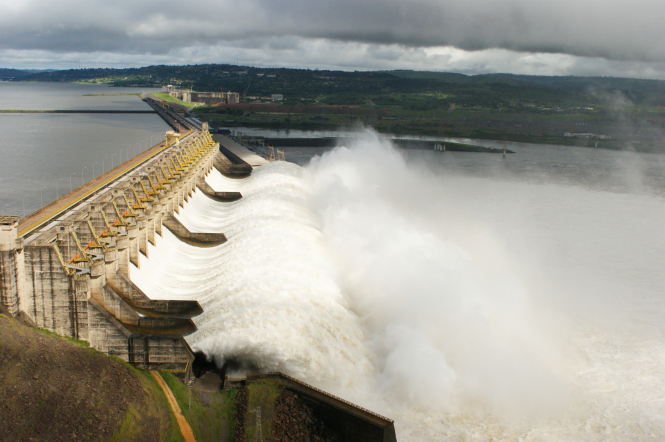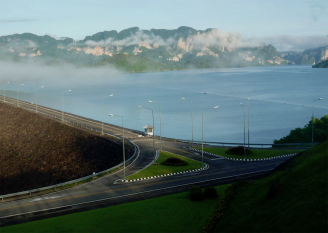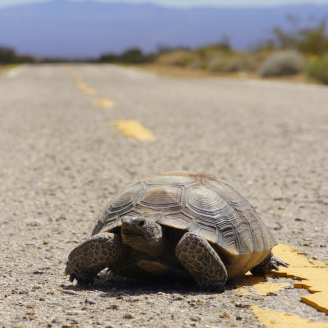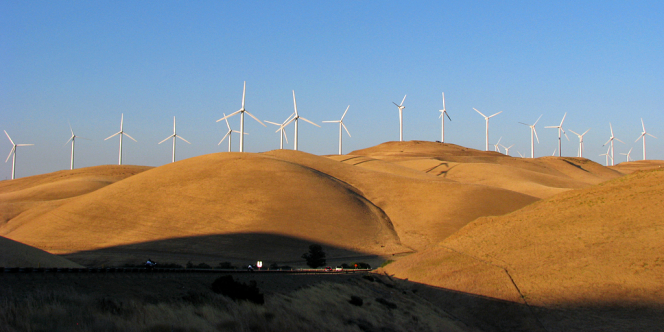Media
Among ‘green’ energy, hydropower is the most dangerous
24 Oct 2017

Brazil has the 2nd largest hydropower capacity (after China), and generates more than 70% of its electricity from hydropower. Tucuruí Dam was the first major hydroelectric dam in the Brazilian Amazon, and is currently the world’s fifth largest power station. Although considered 'green' energy, hydropower produces substantial amounts of greenhouse gases and has destroyed some of the most pristine habitats around the planet - especially in tropical rainforests.
Credit: Museu Virtual de Tucuruí
Many governments are promoting a move away from fossil fuels towards renewable energy sources. However, in a study published today, scientists highlight some of the ecological dangers this wave of ‘green’ energy poses.
“We know that burning fossil fuels is damaging the environment and warming the climate,” said Dr. Luke Gibson, Honorary Assistant Professor of the School of Biological Sciences at the University of Hong Kong. “But there are also dangers from the global proliferation of solar panels, wind turbines, and hydroelectric dams.”
The scientists compared the environmental impacts of hydro, solar, and wind energy. Hydropower does the most damage, the scientists found.
“Hydropower has degraded some of the most biologically rich habitats on our planet,” said Professor William Laurance from James Cook University in Australia.
“Hydro projects are such a disaster for tropical rainforests that I don’t consider them ‘green’ energy at all,” added Laurance.
Wind turbines and solar panels can also cause environmental harm, but on a much lower scale compared to hydropower. However, these industries have expanded enormously in the past decade.
In total, renewable energy accounts for a quarter of global electricity generation, and China is the industry leader – producing 28% of hydro, 26% of solar, and 35% of wind energy.
Chiew Larn Reservoir produces the majority of electricity in Surat Thani and surrounding provinces in southern Thailand, but has flooded an important rainforest habitat - previously home to tigers and other wildlife.
Credit: Stuart Kirkland
Given the risks, it is critical to mitigate the environmental impacts of future renewable energy deployment.
“We need to keep a close eye on these ‘green’ energy developments to ensure new projects don’t harm wildlife or sensitive habitats – particularly along migratory routes where wind turbines could kill many birds or bats,” said Gibson.
“Renewable energy has the potential to balance the conflict between our growing energy needs and environmental security,” said Gibson. “We must identify and mitigate the ecological impacts of renewable energy to ensure that its future is truly green.”
The article “How green is ‘green’ energy?” published in Trends in Ecology and Evolution is available at:
http://www.sciencedirect.com/science/article/pii/S0169534717302380.
Media enquiries:
Dr Luke Gibson, Honorary Assistant Professor of the School of Biological Sciences, HKU (Tel: +852 6379 8546 / email: lgibson@hku.hk)



